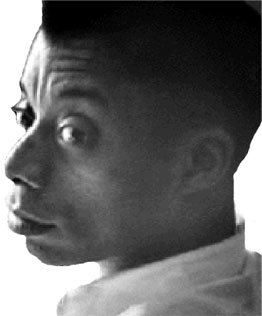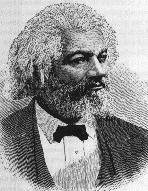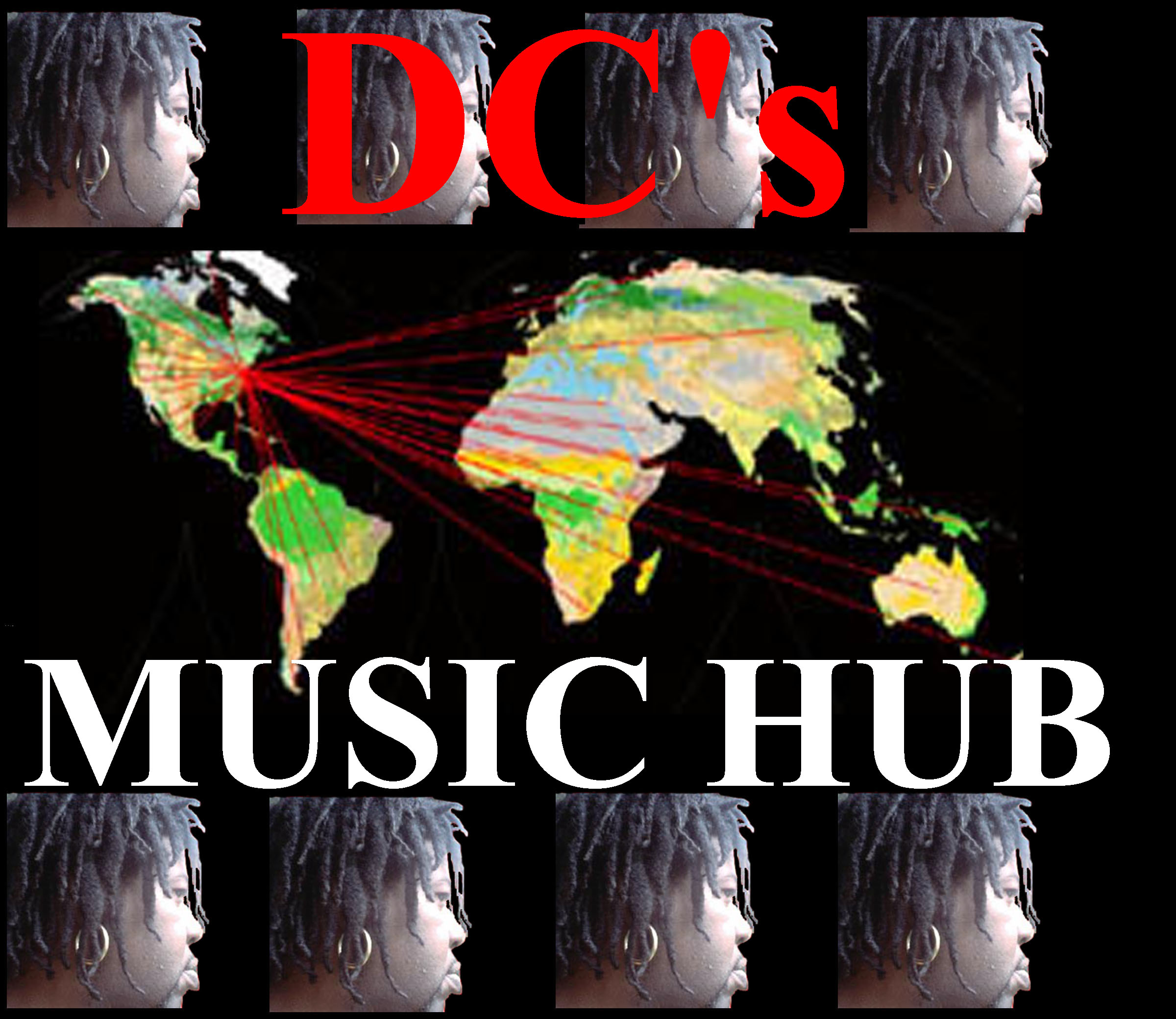aa
|
Marcus Garvey
Dialogues
Garvey's experimentation with the dialogue form occurred during
the period of its revival following the publication of Goldsworthy Lowes
Dickinson's After Two Thousand Years: A Dialogue between Plato and a Modern
Young Man (1930). Dickinson had earlier received wide scholarly acclaim for his
brilliant series of dialogues in the Socratic tradition, the most famous of
which was A Modern Symposium (1905), a treatise that was in some ways a manual
of modern politics. In 1931, while Garvey was visiting England, Dickinson
broadcast a series of popular radio courses on the dialogues of Plato which were
expanded for publication in Plato and His Dialogues (1931).
During the period of Dickinson's success, the prominent black
journalist Joel A. Rogers also popularized the dialogue form as a medium for the
discussion of the race question. His From "Superman" to Man (1919) contained
debates on race issues presented under the guise of a series of conversations
between the erudite Dixon, a black porter, and various passengers who traveled
aboard his train, particularly a southern Senator with well-entrenched beliefs
in white supremacy. What emerged was a scathing critique of the doctrine of
white racial superiority. Rogers's work was widely read and acclaimed, both for
its content and for what a reviewer for the Boston Transcript called its
"fascinating style and convincing logic."

|
|
a |








